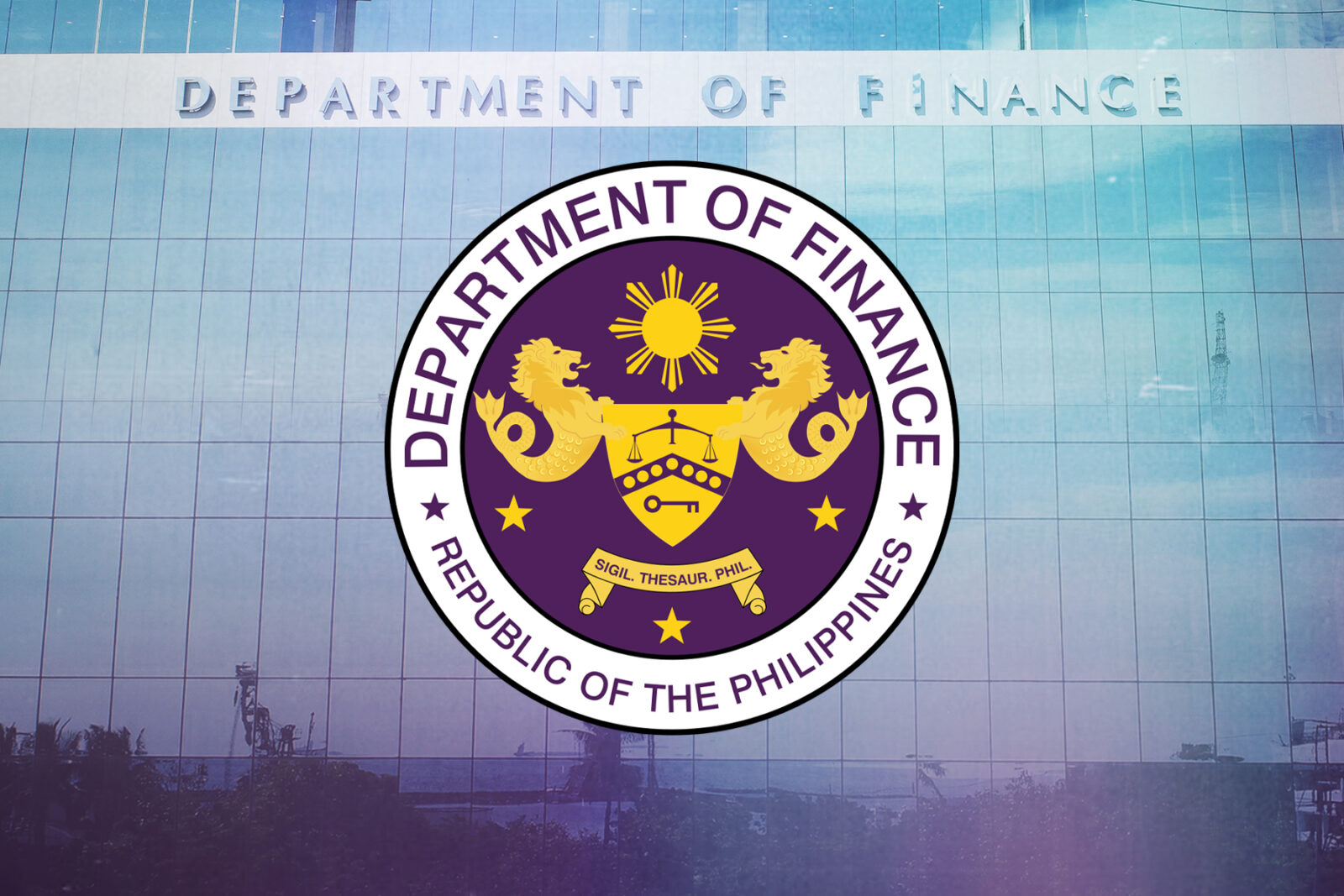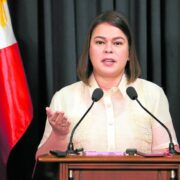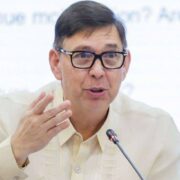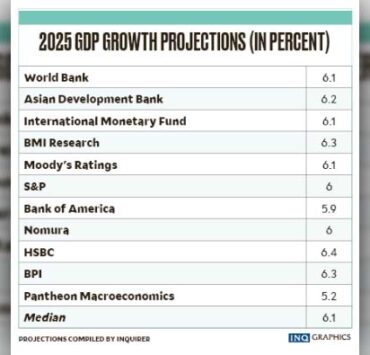PH curbs offshore debt market appetite

The Marcos administration would do its best to lock in the lowest borrowing costs possible to plug its budget hole even as a slower global easing cycle and a weak peso were making it hard for the government to rightly time its return to the offshore debt market, the Department of Finance (DOF) said.
“The long and short of it is to time the market and borrow at the least cost,” Finance Secretary Ralph Recto said in an interview with reporters last week.
In December, Recto said the government would return to the offshore debt market in the first half of 2025, hinting at possible issuances of global and euro bonds.
Those plans were still on the table, National Treasurer Sharon Almanza said, although she explained that the exact timeline for the upcoming debt offerings abroad would still depend on market conditions.
“It’s still a possibility but, as mentioned, we’re doing all the preparatory work so that we can be ready if market permitting,” Almanza, who joined Recto in the same interview, told reporters.
“We’re monitoring all currencies,” she added.
As it is, the US Federal Reserve had signaled a slower pace of easing this year amid persistent price pressures stateside, which could be worsened by President-elect Donald Trump’s threat to impose a 10- to 20-percent tariff on all goods imported into the United States.
The expectations of a shallow Fed easing had been pushing up US Treasury yields and powering up the greenback. Late last year, the Philippine peso revisited the record-low level of 59:$1 thrice, creating some foreign exchange risks for external debts held by the government.
Awaiting clarity
That said, many analysts believe that the Bangko Sentral ng Pilipinas (BSP) might also have to slow down its rate-cutting cycle to avoid pressuring the peso. This suggests that borrowing costs at home might not go down quickly.
John Paolo Rivera, senior research fellow at the Philippine Institute for Development Studies, said the best time for the government to return to the offshore debt market would be “when there is some clarity in global monetary policy.”
“Ideally, this would be when the Fed signals more definitive steps toward rate cuts or when global risk sentiment improves, leading to tighter spreads and lower yields. A window of opportunity might emerge if the peso stabilizes,” Rivera said.
For now, Almanza said the government could still count on its regular sale of peso-denominated debt securities to bridge its budget deficit.
She added that the Treasury remained open to special local debt issuances like retail Treasury bonds this year, noting that there was still excess liquidity in the domestic economy looking for viable investment outlets.
“There’s still more than P1-trillion [excess money supply] being siphoned off by the BSP. That is available to us to tap,” she said.





















